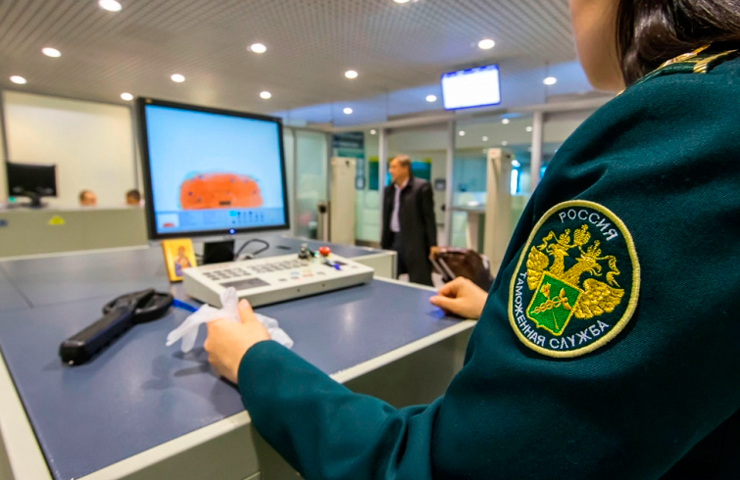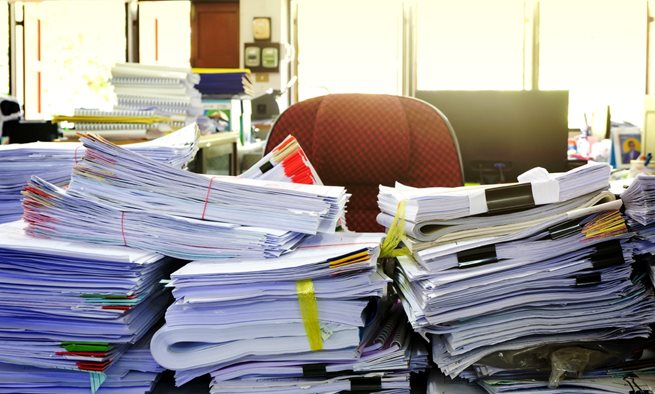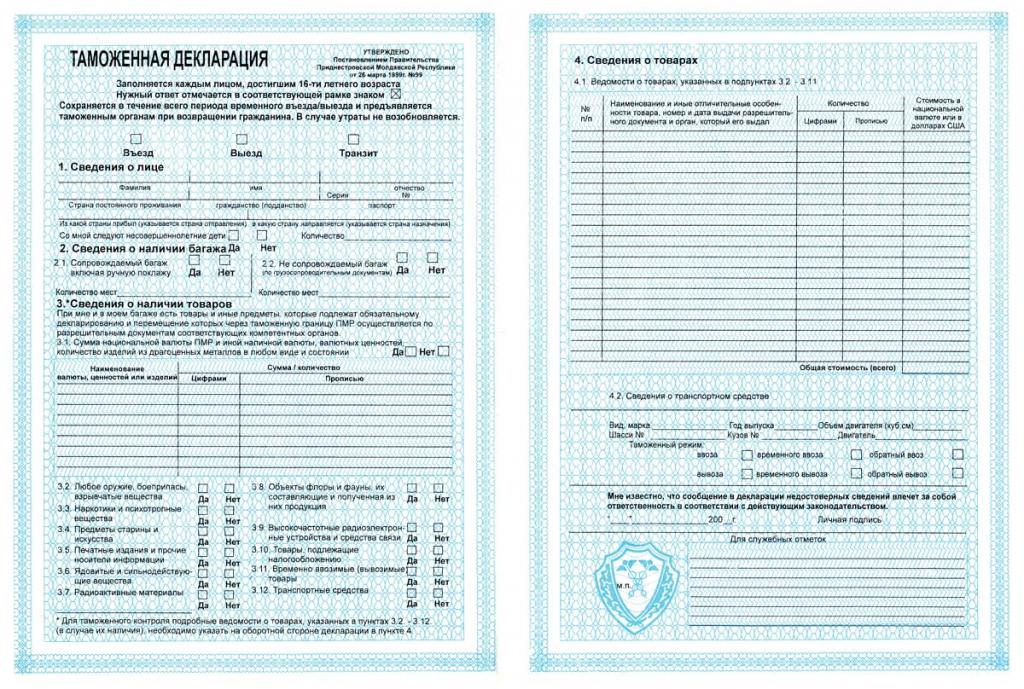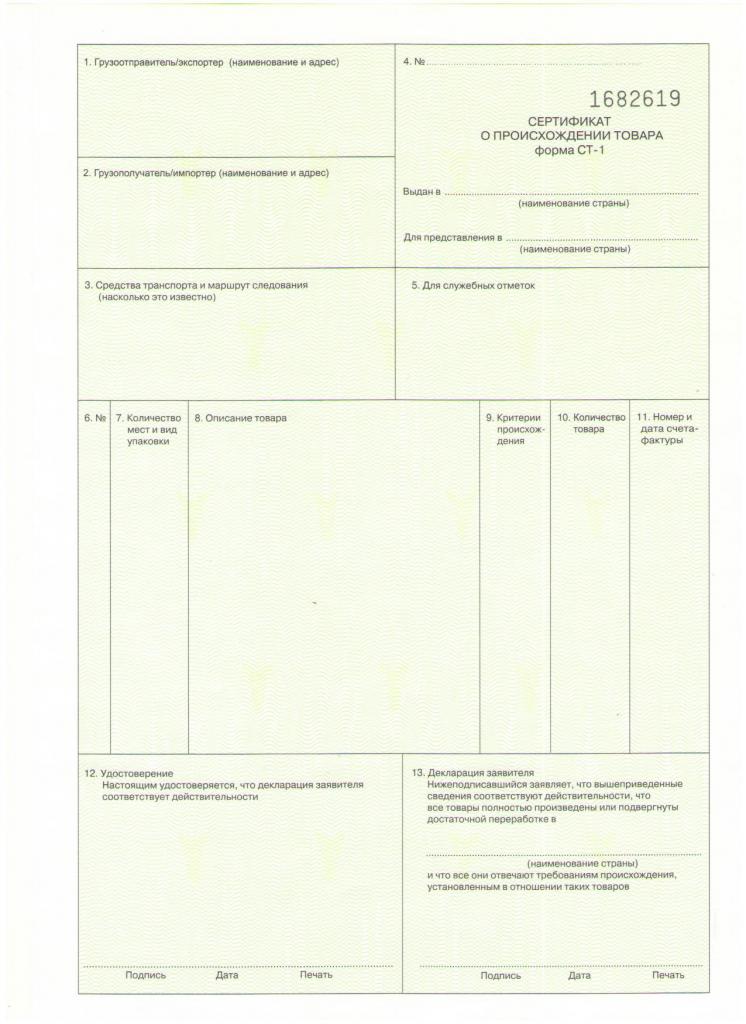Customs documentation is required for clearance of goods crossing the border. It includes a declaration along with export, import and currency licenses, certificate of origin, consular invoice, transit papers, veterinary, sanitary and quarantine papers and many others. A full list of customs documents we will consider below.
Concept and meaning
As part of the definition of this concept, it is worth noting that customs documents are securities required for processing goods movement across the border. These tools in modern society are all provided for by the legislation of the Russian Federation, regulatory acts, and, in addition, by the Customs Code. Their meaning is as follows:

- Moving goods across the border.
- Application of a specific customs regime.
- Production control and clearance.
- Collection of payments.
- Other customs and statistical purposes.
Views and list
So, these papers are necessary for the control. The entire list of customs documents can be classified in accordance with the following categories:
- Shipping. In this case, we are talking about a bill of lading, waybill or other documents confirming the existence and content of a freight transport agreement, and accompanying products, as well as vehicles in the framework of international transport.
- Commercial documentation. Invoices are expected along with shipping and packing lists and other papers used in accordance with international standards, as well as national legislation. They are also used according to business customs in order to confirm the implementation of transactions that are related to the movement of supplies across the customs border. This category of securities should include the documents of the Customs Union.
- Papers that are compiled by the service exclusively for customs purposes.
- Other documents.
Next, we consider in detail the most common types of customs documents.

Declaration and Tariff
Cargo declaration is the main customs document. It is unified and performs several functions at once. One of them is the declaration, that is, the establishment by the participants of the foreign economic activity of all important information about the property and foreign trade transactions that are carried out with foreign counterparties. Without its provision by customs authorities, goods for clearance for crossing the border are not accepted.
What is the customs tariff? In this case, we are talking about a systematic list of duties that are levied on cargo owners as part of the passage of products across the state border.
Import and Export Licenses
These categories are documents issued by state special services in case of import and export in the country, as well as control over the export and import of goods. These securities are provided on the basis of a statement from the relevant exporters or importers submitted to the authority that is responsible for issuing licenses directly in their country. They are drawn up on a special form, which consists of two parts: the application itself and the permit. It is served at a specific time before the expected shipments or receipt of products. The stamp of the issuing organization is stamped on the second part of the document.
The content of such a customs document assumes the availability of information on the name of the applicant, producer, seller and buyer of the goods, type of license, number of the permit for its issuance, and the duration of the permit. In addition, it is important to indicate the nature of the transaction along with the currency of payment, the name and full description of the goods, the name of the country where the goods are exported or imported. In addition, data is entered on the price of each item, the period of readiness for shipment and arrival, and, in addition, on the name of the authority that issued the document. It is provided for a certain period, at the end of which it expires.

An export license is a document containing a permit to export the goods listed in it for a certain time. An application for the issuance of relevant documentation refers to a claim for permission to export specific goods of a certain value to specified destinations.
An application for an import license is a document in which interested parties ask the competent authorities to allow the import of goods, it describes in detail the type of product, its origin and cost, and the like. An import license is a document of the customs authorities, which is issued by the competent authority in accordance with the current rules, on the basis of which the named party is granted permission to import a limited or unlimited number of such goods over a specified period of time on the stipulated conditions in this document.

Declaration of Currency Supervision for Export and Import
When exporting, such a paper is a document that is filled out by the exporter-seller, with its help the competent authority is able to control the transfer to the country in foreign currency of the amount received as a result of trade transactions, in accordance with the payment terms and applicable currency control standards.
When importing, the declaration is filled out by importers-buyers, who are the controlling party to the implementation of trade transactions for which foreign currency is allocated, and money is transferred according to the terms of payment and the current rules of currency control.
Currency license and freight declaration
This is a document issued by a competent authority allowing the importer-buyer to transfer a certain amount to the exporter-seller in foreign currency in payment for the product.
A freight declaration is sometimes referred to as freight. This is such a general term that refers to documents that contain the necessary data for customs regarding cargo transported by commercial means of transport. This customs-transport document is compiled according to the model adopted in the Convention on the Promotion of International Maritime Navigation as a basic document that contains information on products required by state authorities in the framework of the arrival or departure of the vessel.

Customs Immediate Release Declaration and Delivery Notice
The first is a customs document issued by the importer, which notifies the customs authorities that the products are shipped from a vehicle that imports the goods in accordance with the approved immediate release clause.
According to the delivery notice, authorities release products from customs and make available to one or another interested party.
Dangerous Goods Declaration
This is a document issued by the consignee in accordance with applicable regulations and conventions. It describes hazardous products or materials. This document should state that they are all packaged and labeled as specified by the regulations.
Act of examination of commodity origin
This paper is issued by the competent authority (as a rule, the department of commodity expertise of the chamber of commerce) at the request of the manufacturer. It contains information on the origin of components and raw materials, the number and date of conclusion of the contract for the supply of these products. Among other things, it lists the main operations of the technological process that were performed at the enterprise. In their conclusion, experts testify that the product actually comes from this country. On the basis of the relevant act of examination issue a certificate of origin.
Certificate (UNCTAD)
This is a special document of the customs authorities on the origin of the goods. It covers products subject to the preferential treatment under the system of preferences.
Application for Certificate of Origin
This is a document sent by an interested party to a competent authority requesting a certificate of origin. Of course, in accordance with the appropriate criteria and based on the available product information.

Declaration of Origin and Consular Invoice
In this case, we are talking about a statement to clarify the origin of the goods, included during export by the manufacturer, manufacturer, supplier, exporter or other competent person in the commercial account or any other document that relates to the product.
The consular invoice in another way is also called a consular invoice, that is, a document prepared by the exporter in the country and submitted to the importer’s diplomatic mission for approval against payment of the consular fee. Further, it is presented by the importer in connection with the import of goods indicated in the invoice. Such an invoice can be drawn up by the consul of the state of destination of the product. Similar textures are in most countries on approved forms. They are certified by the consuls of the importing states. Such a customs document must be submitted in those countries where imported products are subject to ad valorem duties.

Application for certificate of product quality control
This document, as a rule, is sent to the competent authorities by the interested party with a request for the issuance of paper in accordance with international or national standards or with the legislation of the importing state, as well as with the terms of the contract. Now we find out how the process of research and analysis of such papers is carried out.
Check
Checking papers and information is one of the main forms of customs control of documents. The particular importance of this approach of this service is due to the fact that the priorities in verification activities conducted by the relevant authorities are shifted from actual supervision to the study of product information, including that indicated in the relevant documents. Verification of data and information involves the conduct of documentary control by all customs authorities. As part of its provision, customs services undertake to achieve the following goals:
- Establishing the authenticity of documents (validity periods along with the availability and authenticity of the necessary details (stamps, visas, stamps)).
- Verification of the accuracy of the information contained in the papers (information about the sender, consignee, declarant, along with information about the products being moved - name, quantity, price, country of origin and information on payment of customs payment, etc.).
- Checking the correctness of registration of customs documents (literacy of filling in the appropriate fields of the product declaration, absence of any corrections)
Thus, the enforcement of customs legislation is achieved through information and papers that are transmitted by the person moving goods or vehicles across the border to the official unit of the customs body that exercises the appropriate control. Verification of customs documents and their contents involves the analysis of the data that is indicated in it. Next, consider what is included in the list of activities of the service in question.
Customs Control Actions
Such officials in the process of monitoring goods take the following measures:

- Fixing the fact of filing a declaration and other securities.
- Monitoring compliance with all conditions for the adoption and registration of the declaration.
- Supervision of the correctness of the establishment of a classification code of products for foreign economic activity.
- Verification of the determination of the state of origin of goods.
- Monitoring the implementation of legislation.
- Compliance with measures to apply actions that are related to the protection of intellectual property.
- Implementation of foreign exchange control and barter foreign trade transactions.
- Verification of customs and statistical value.
- Monitoring the accuracy of estimates and timely payment of customs payments.
Thus, within the framework of customs control, officials authorized to carry out it must provide relevant documentation and information, and at the same time, goods and vehicles moved across the border. This service solely for the purpose of checking the information contained in the submitted papers may reasonably request additional information. The request is in any written format. In this case, additional documents and data and their verification should not impede the release of products, unless this is expressly prohibited.
